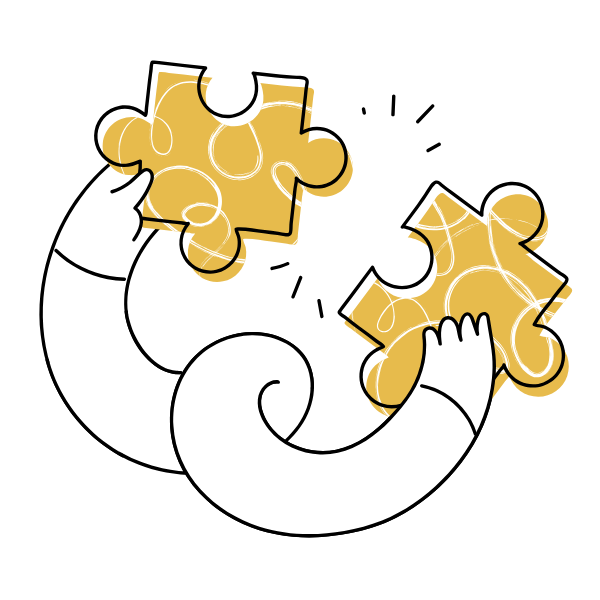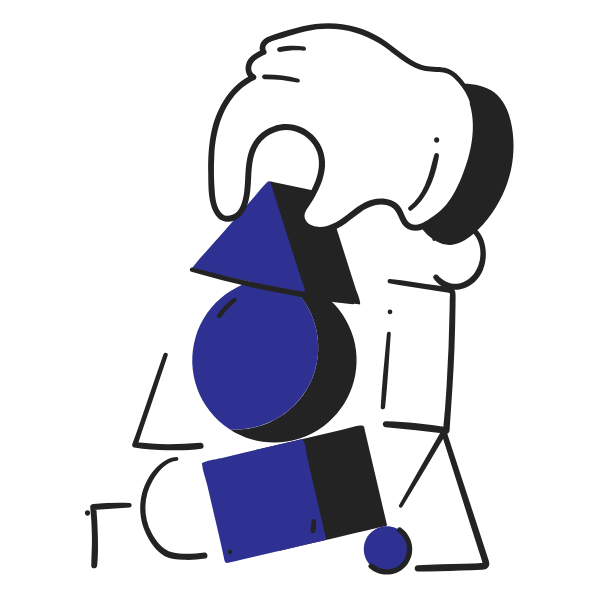An immersive, simulation led learning experience on how to conduct a
PI Planning event

300+ Programs designed and delivered by seasoned Agile Practitioners

Hands-on modules with use cases, gamification & simulation exercises

10000+ People trained and coached to build a solid foundation to kickstart Know-Do-Be Agile Journey
Benzne is an award winning agile consulting and training company. Our time bound, business context driven, framework agnostic focus in driving turnkey agile transformation journeys differentiates us from other agile consulting and training companies.